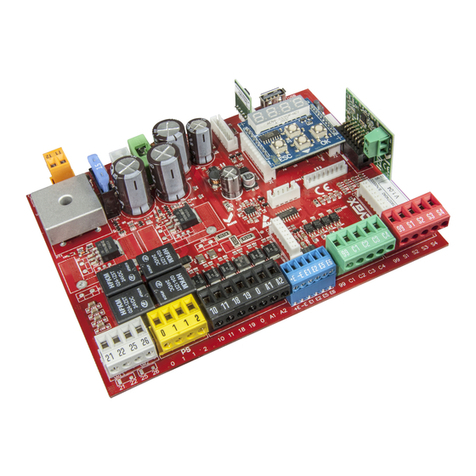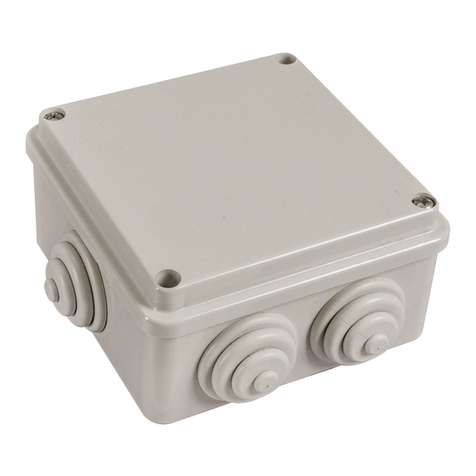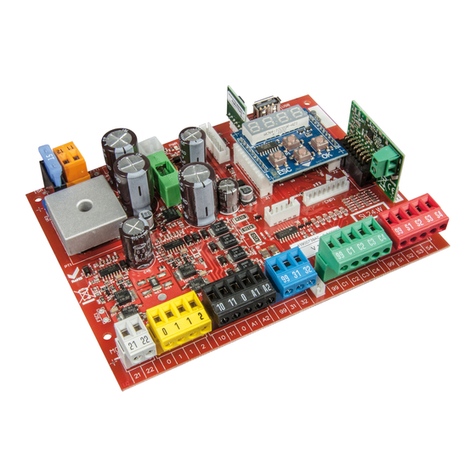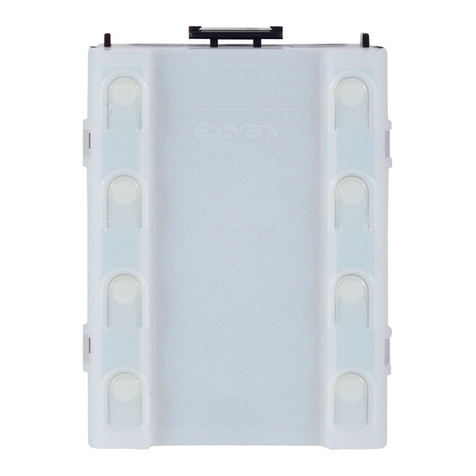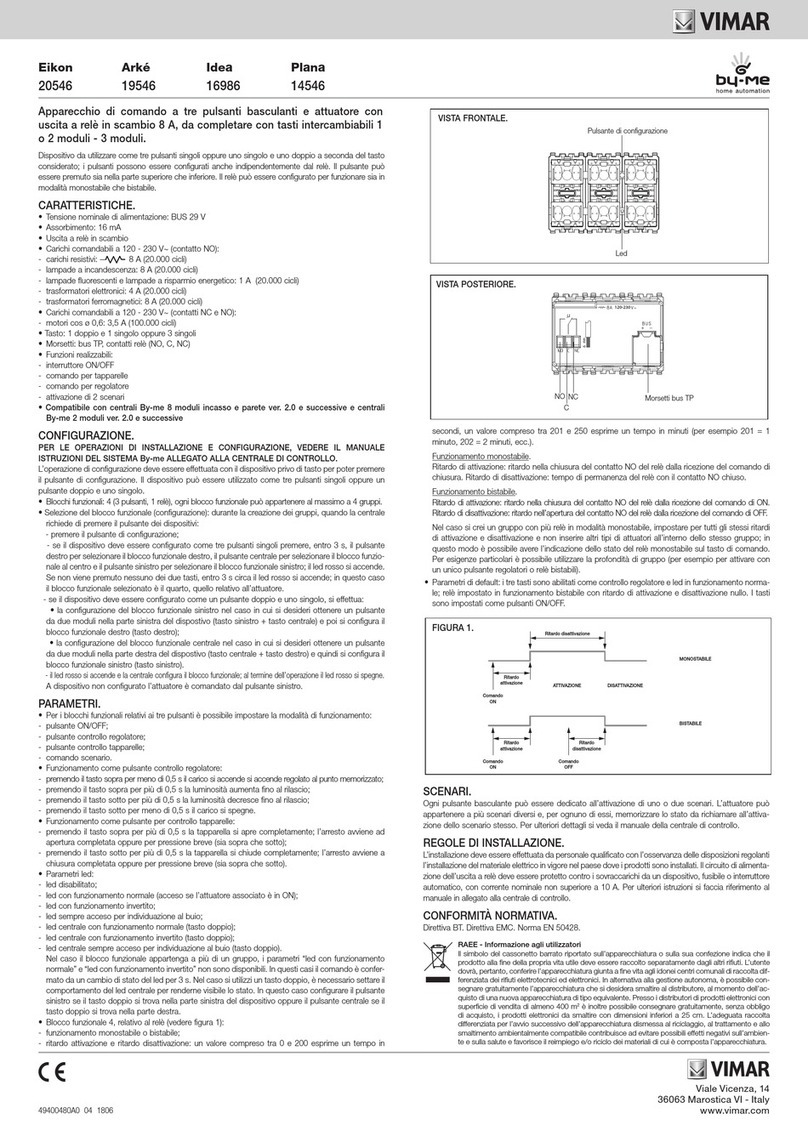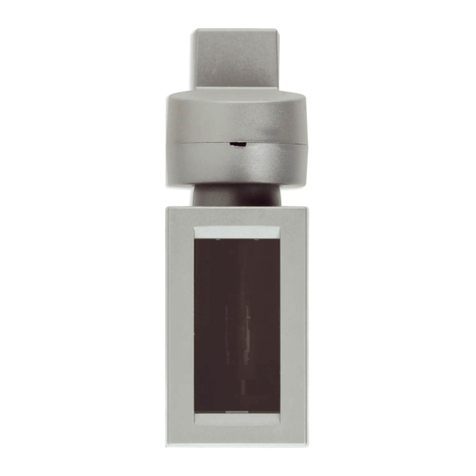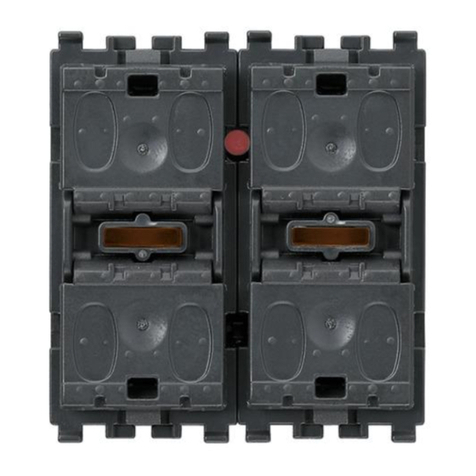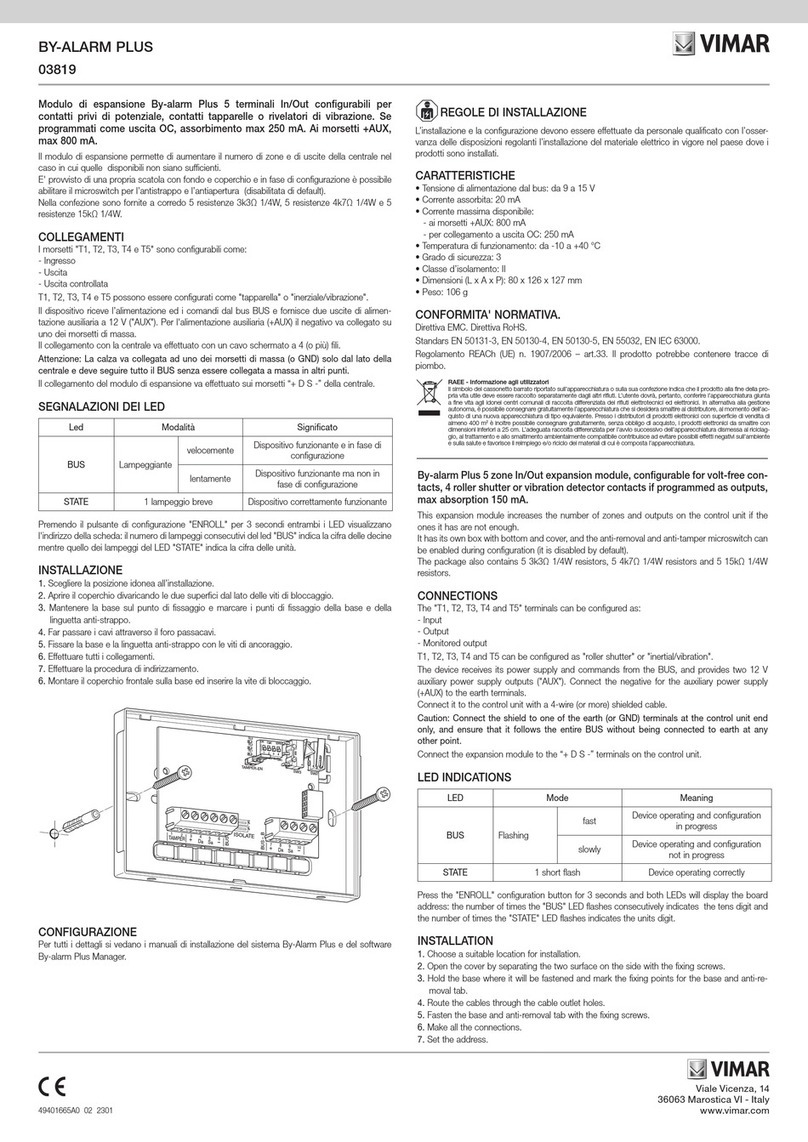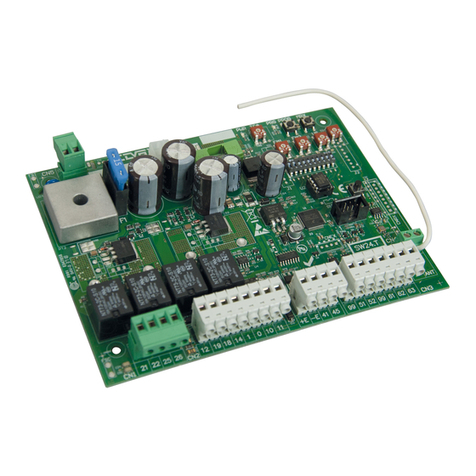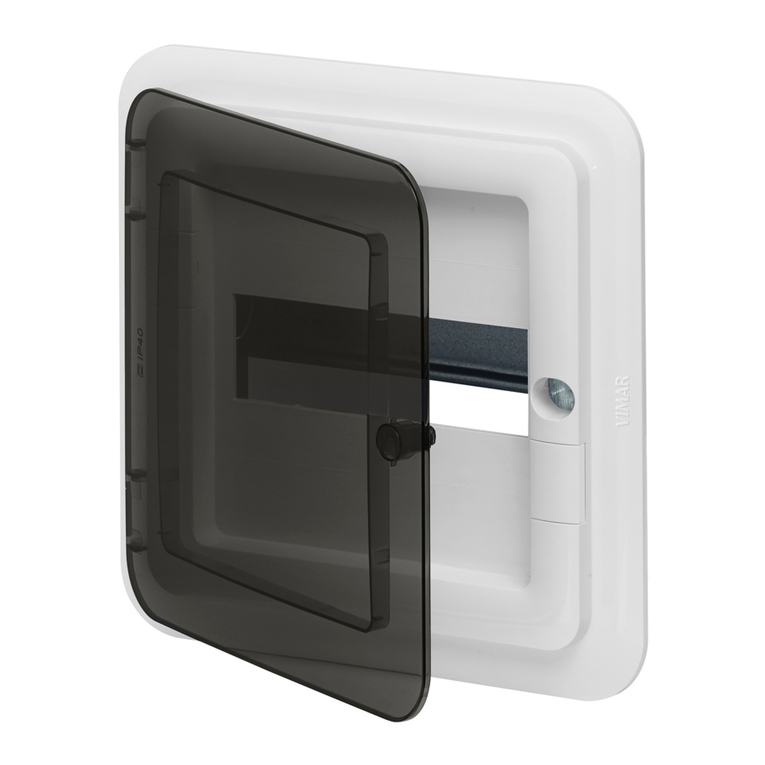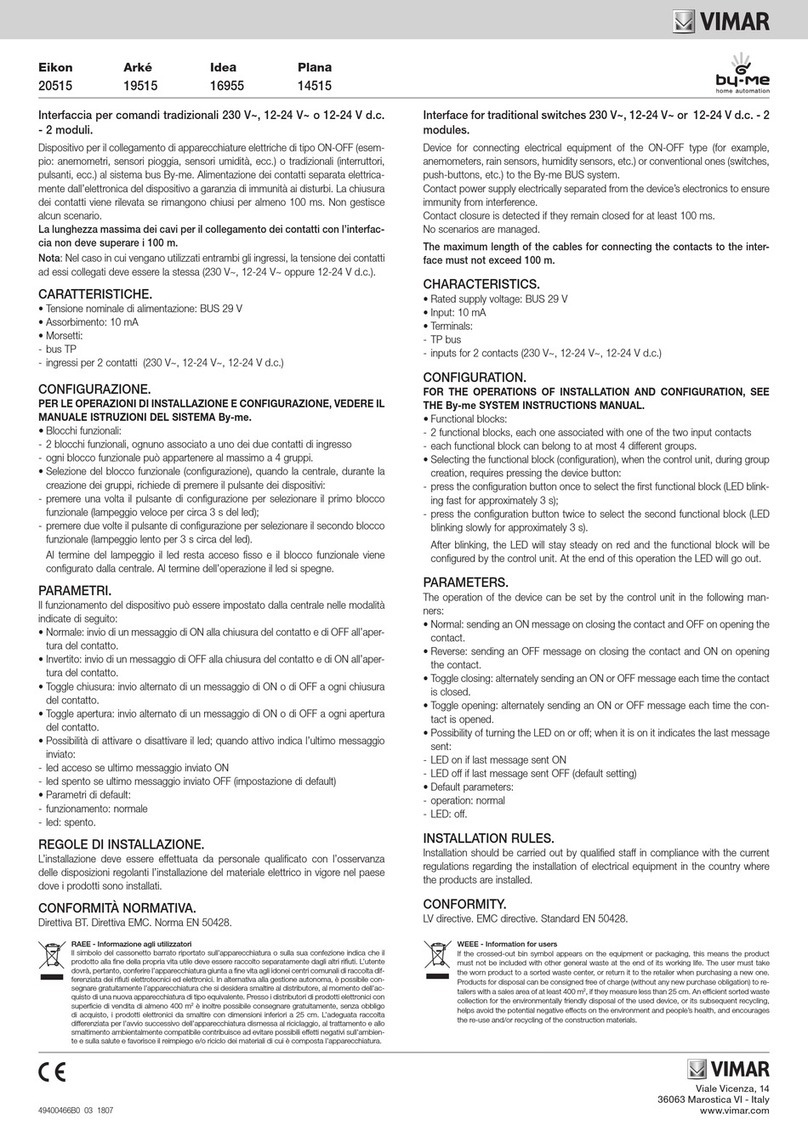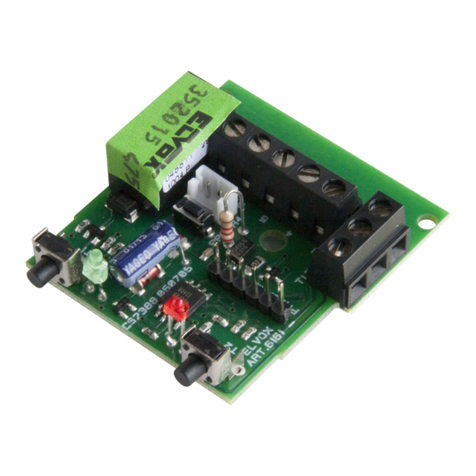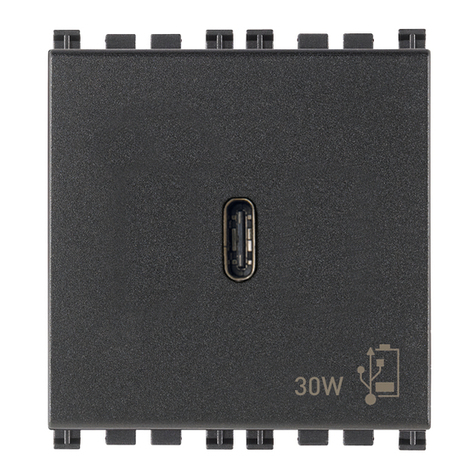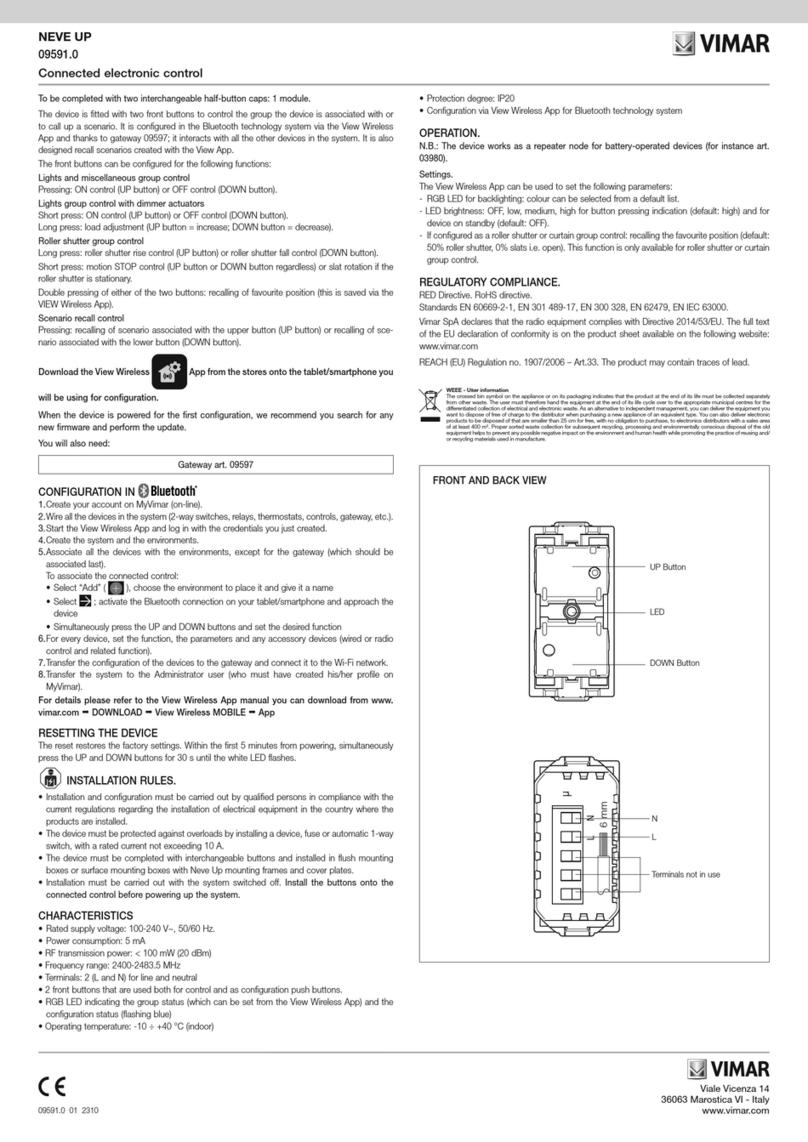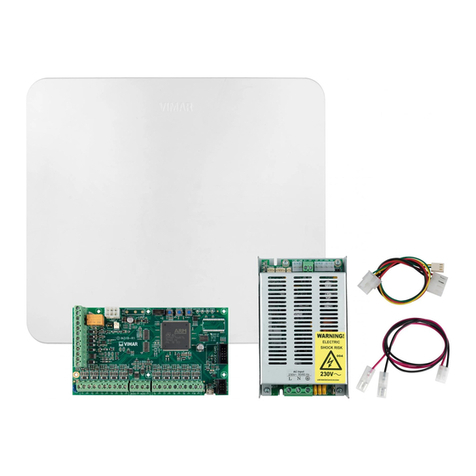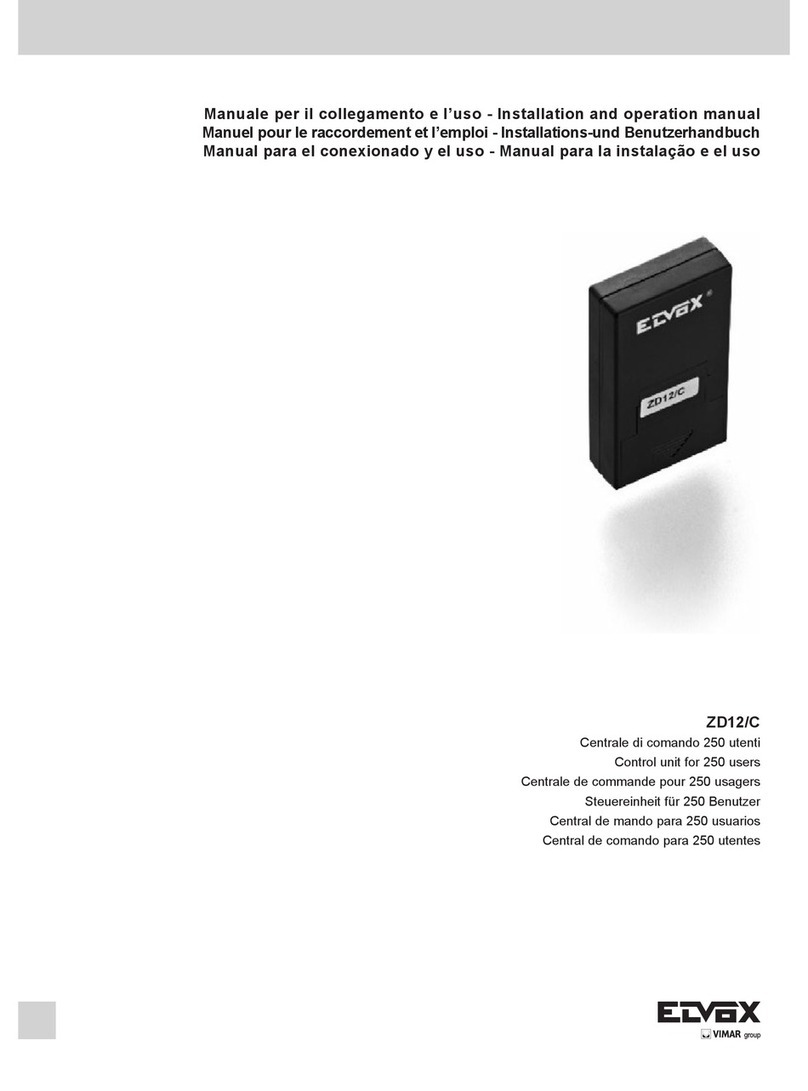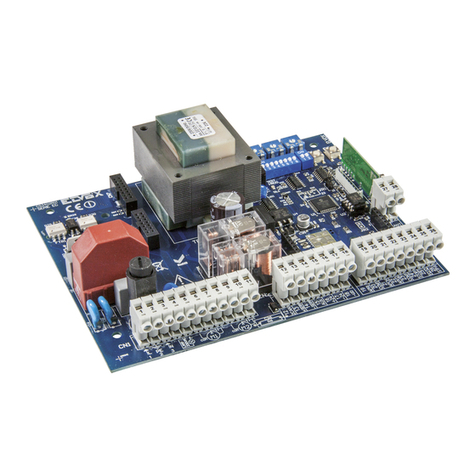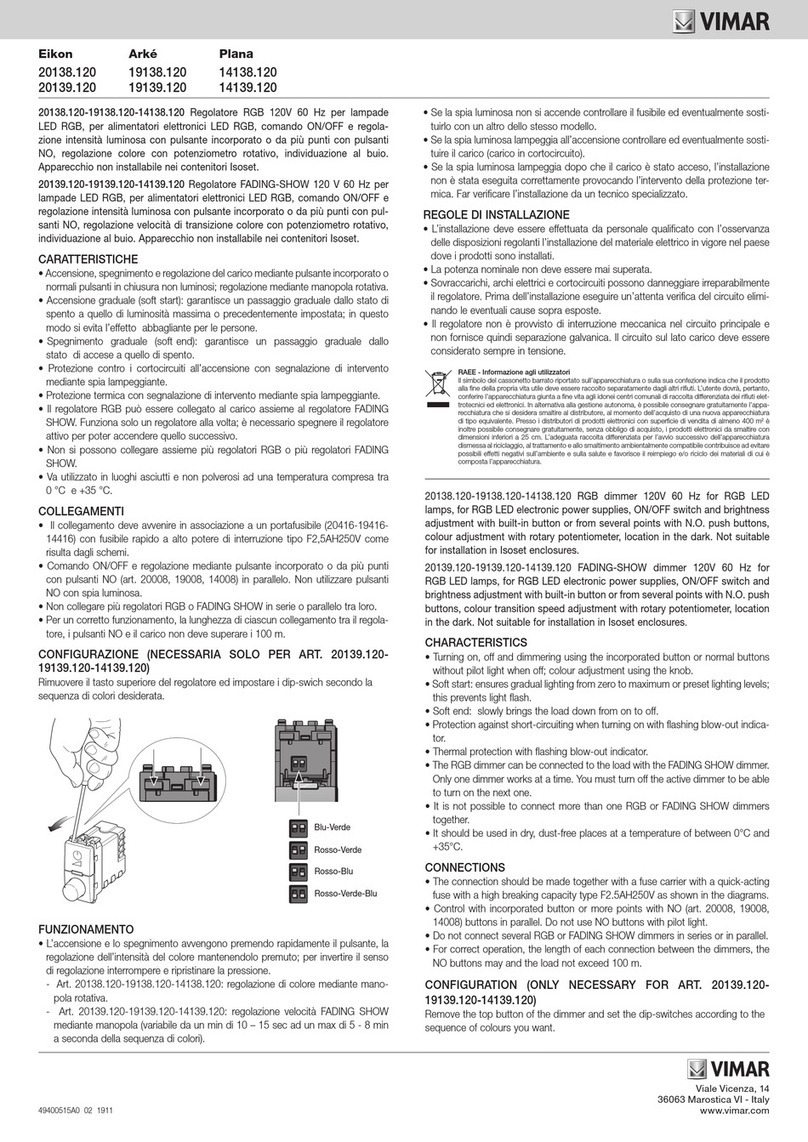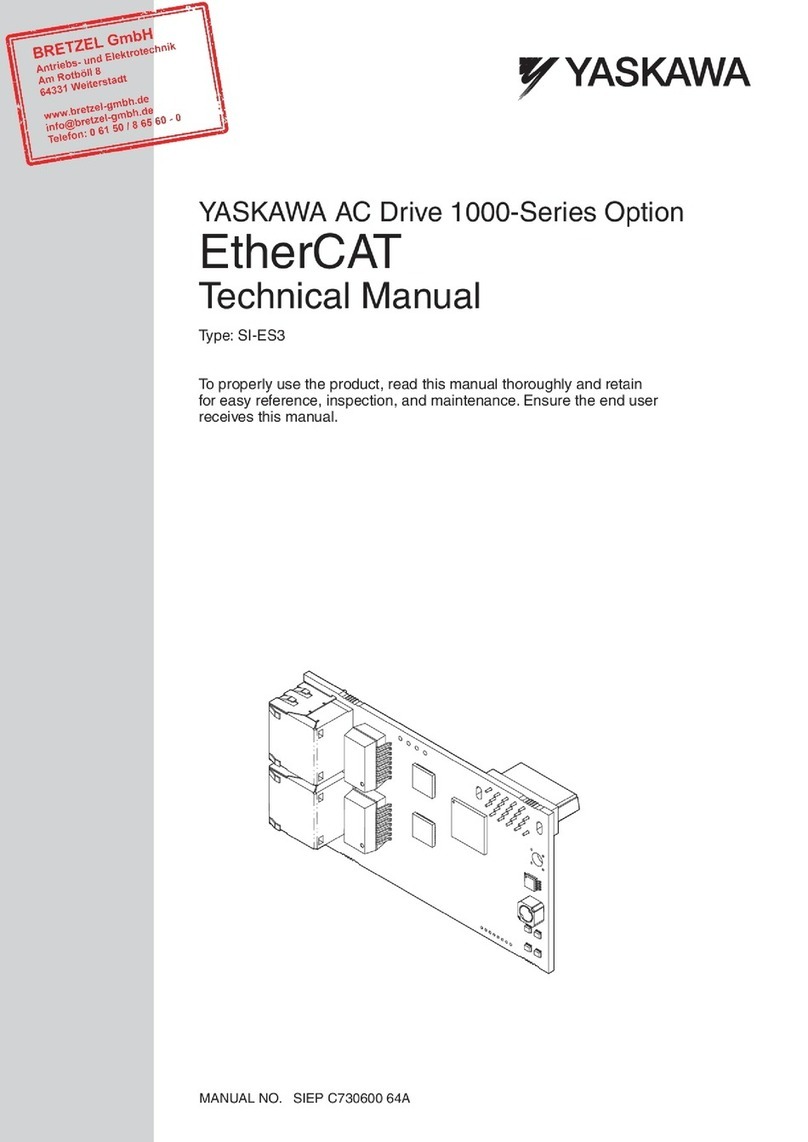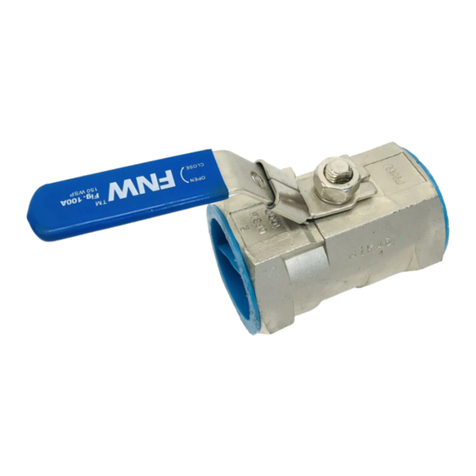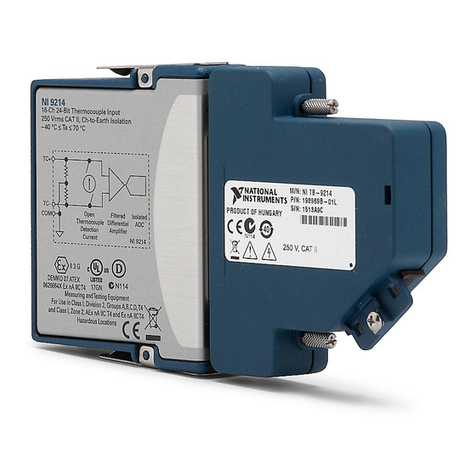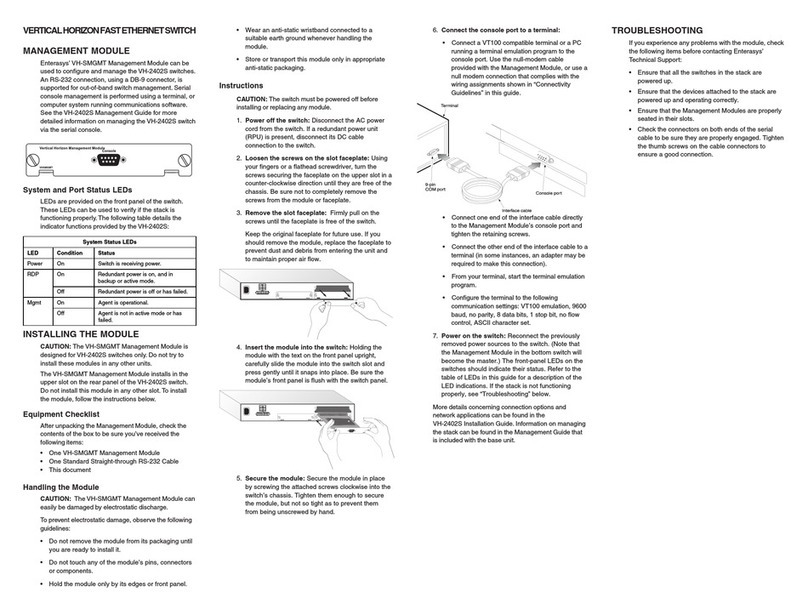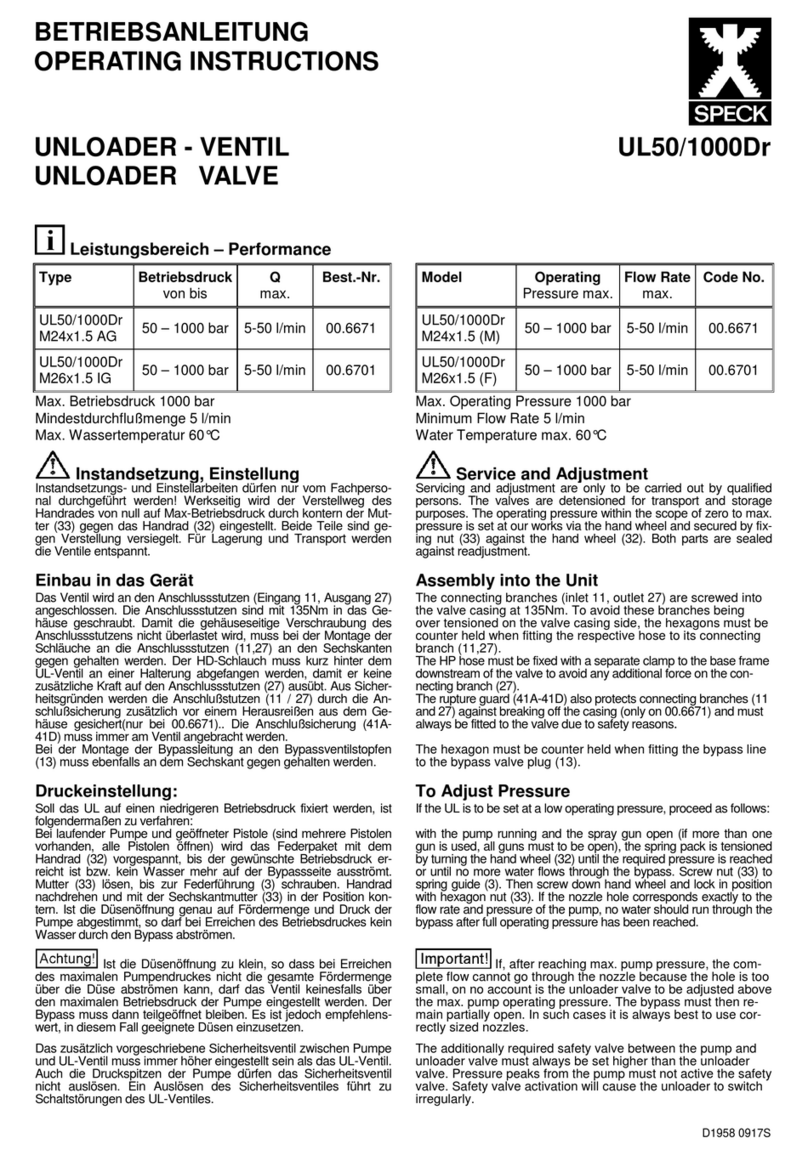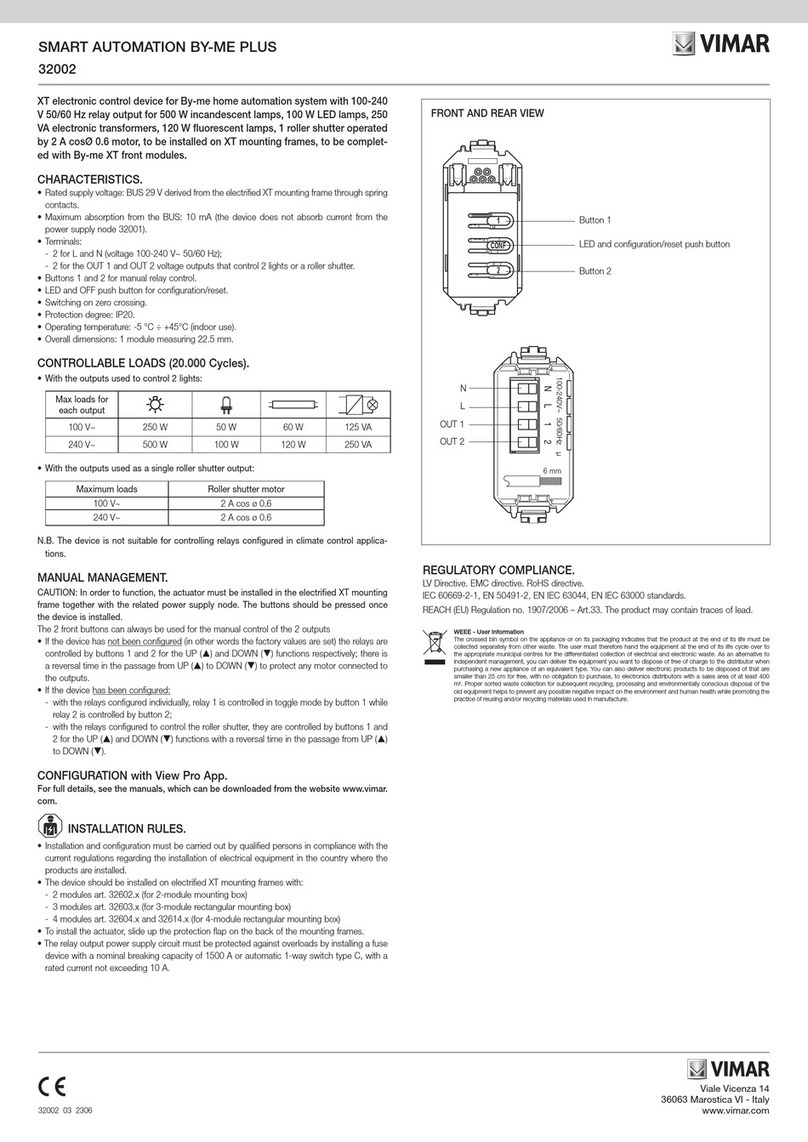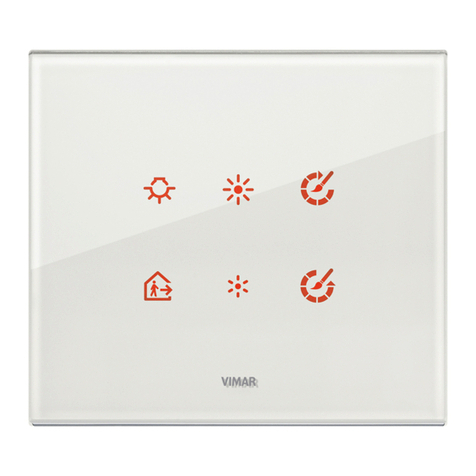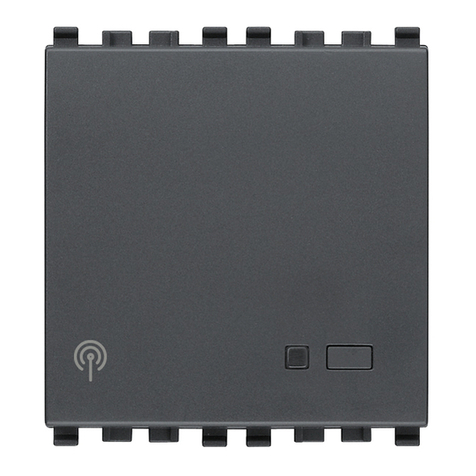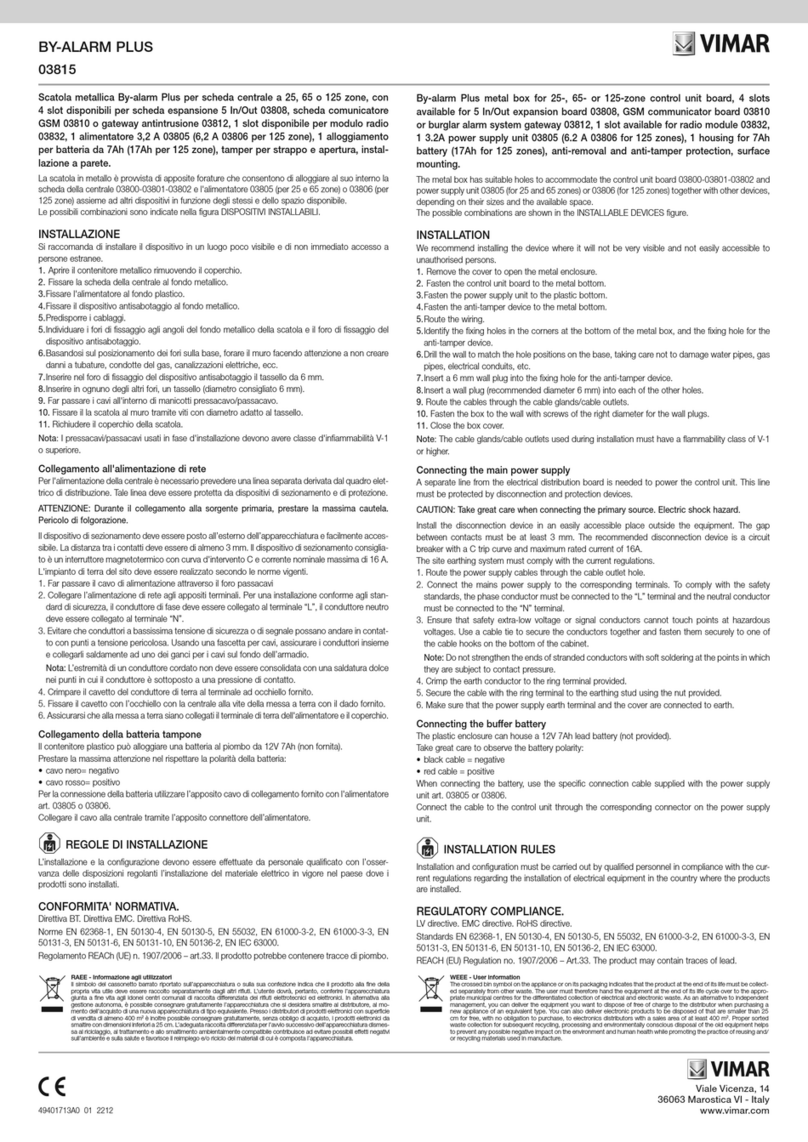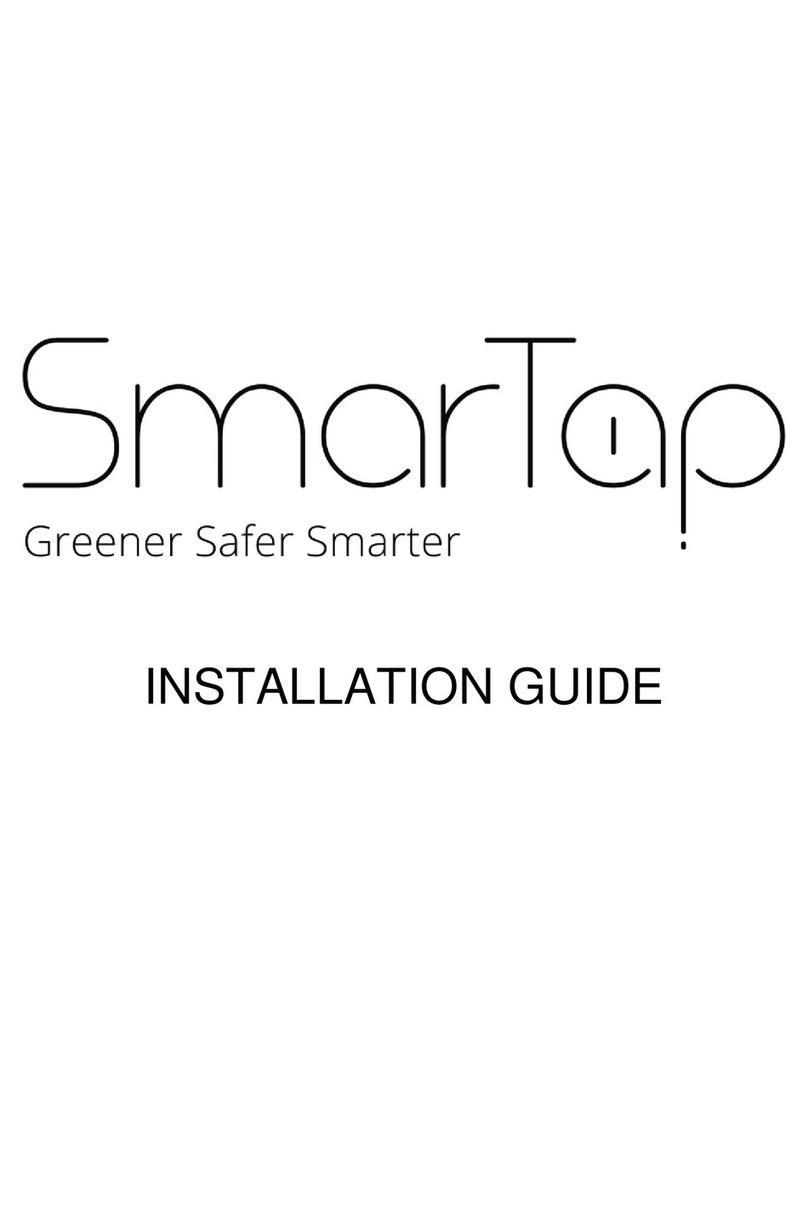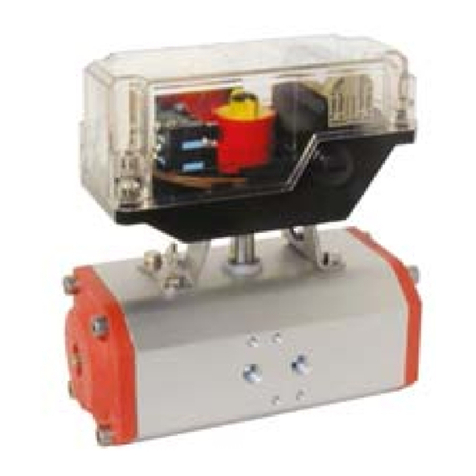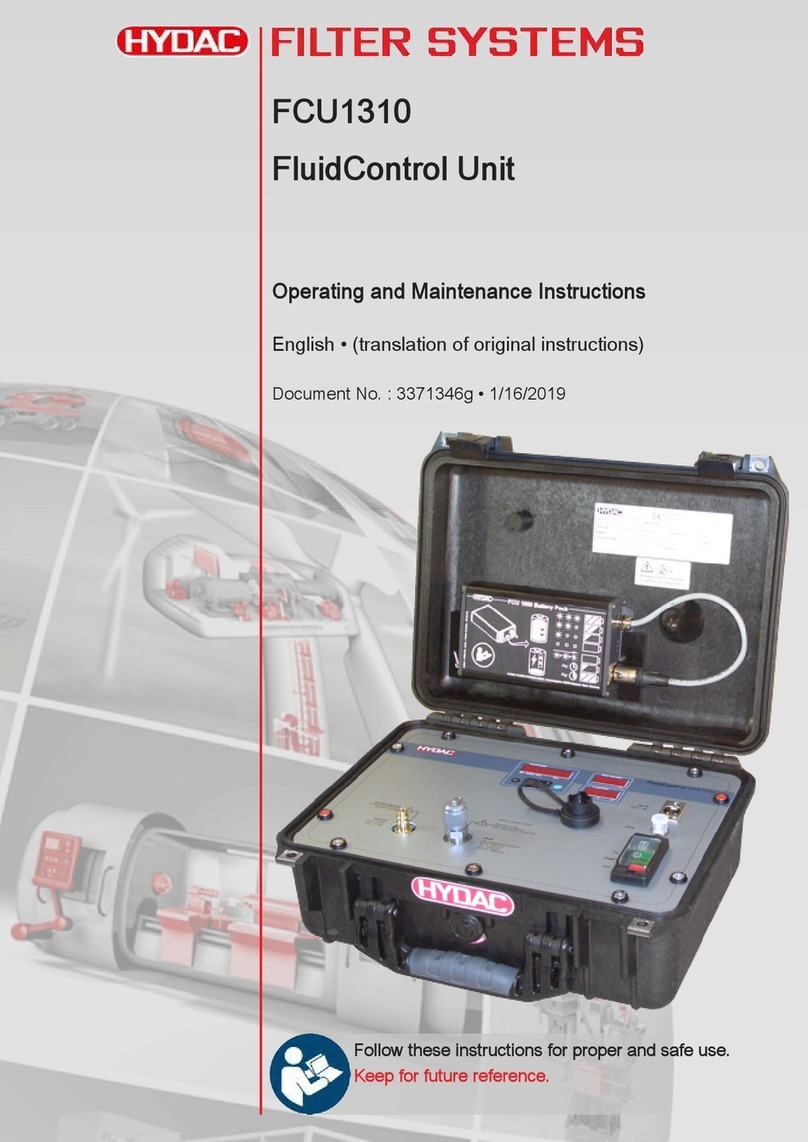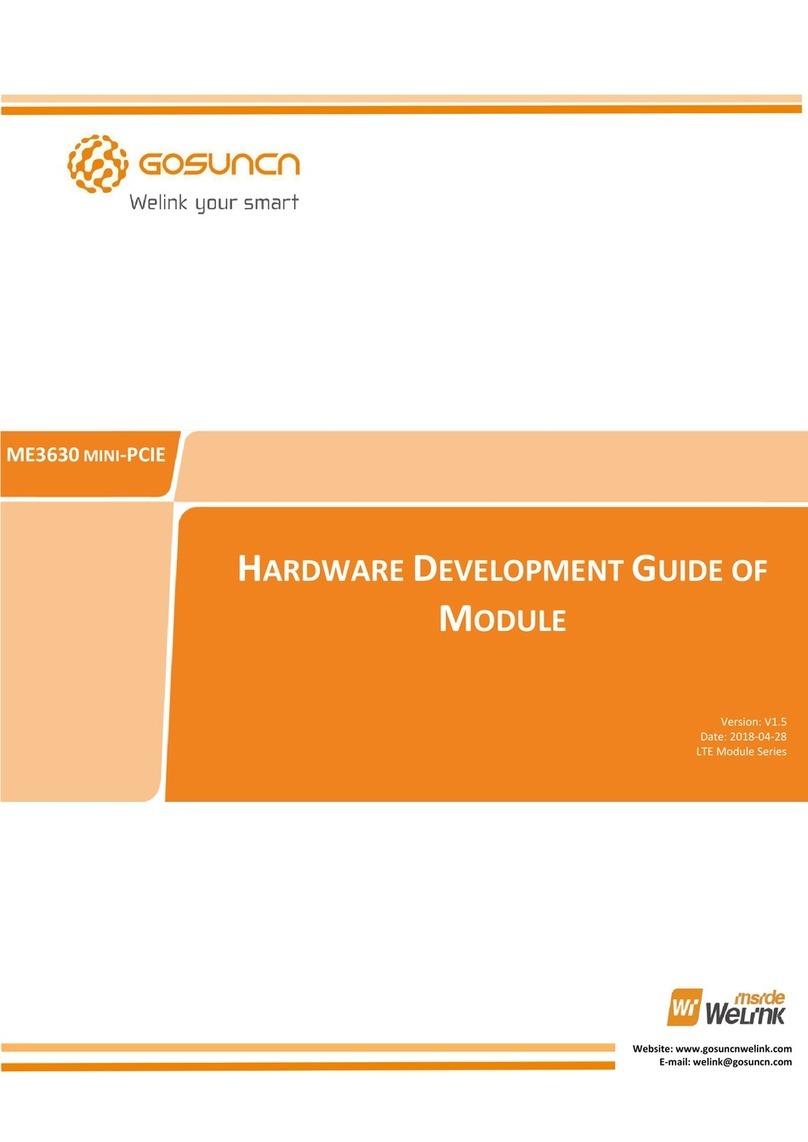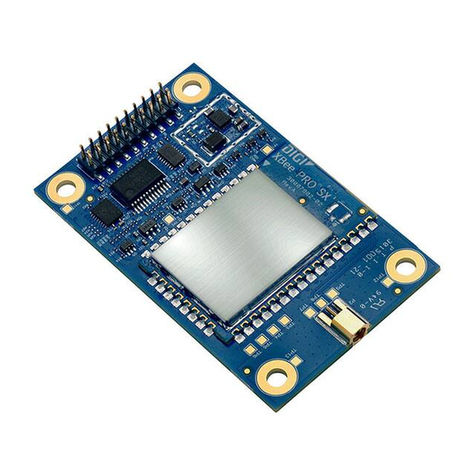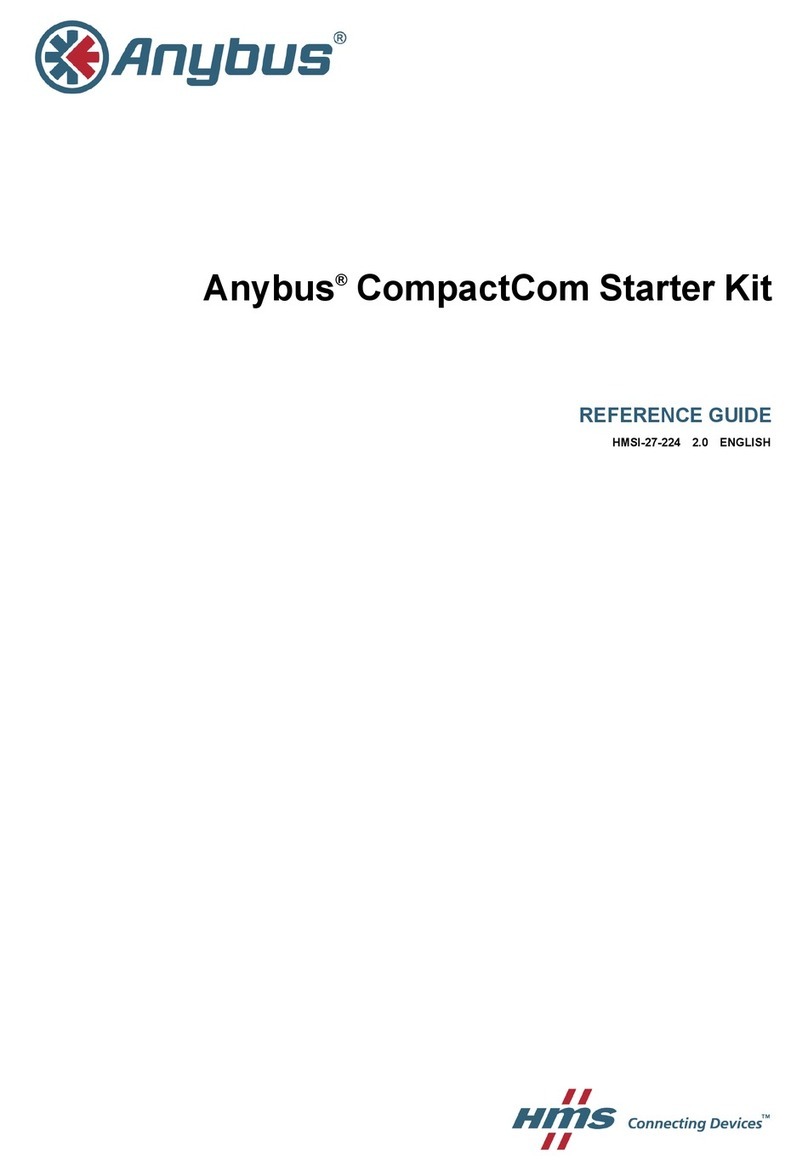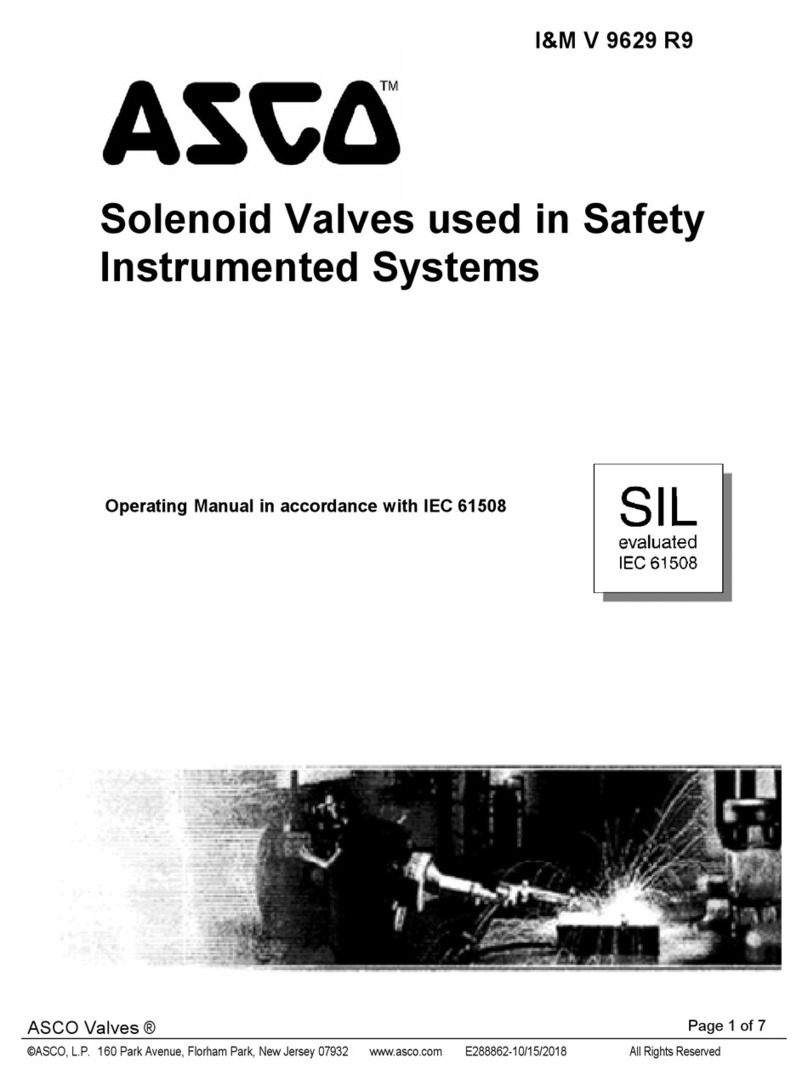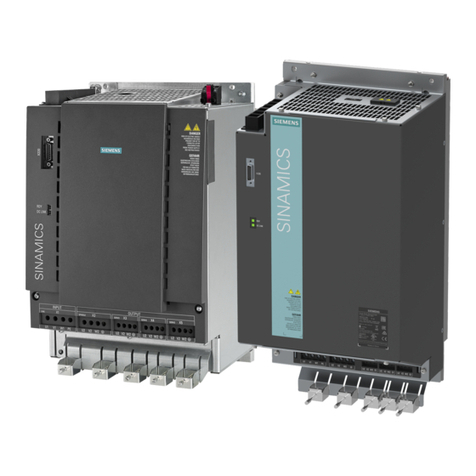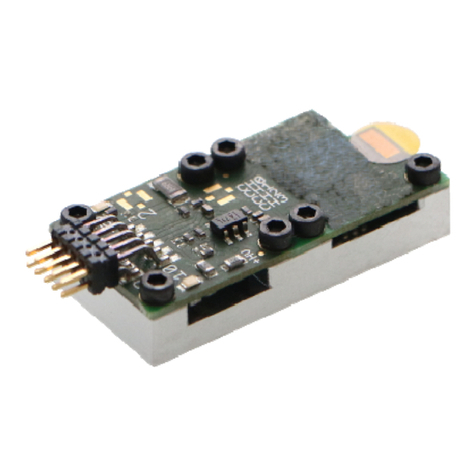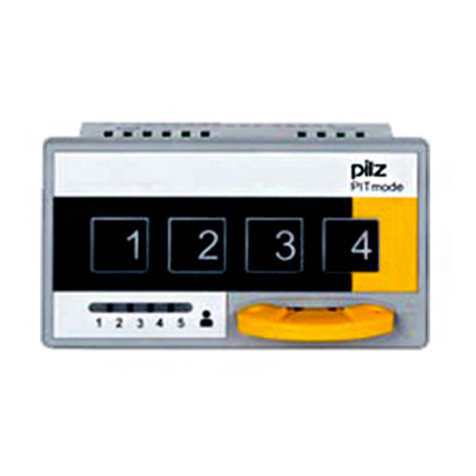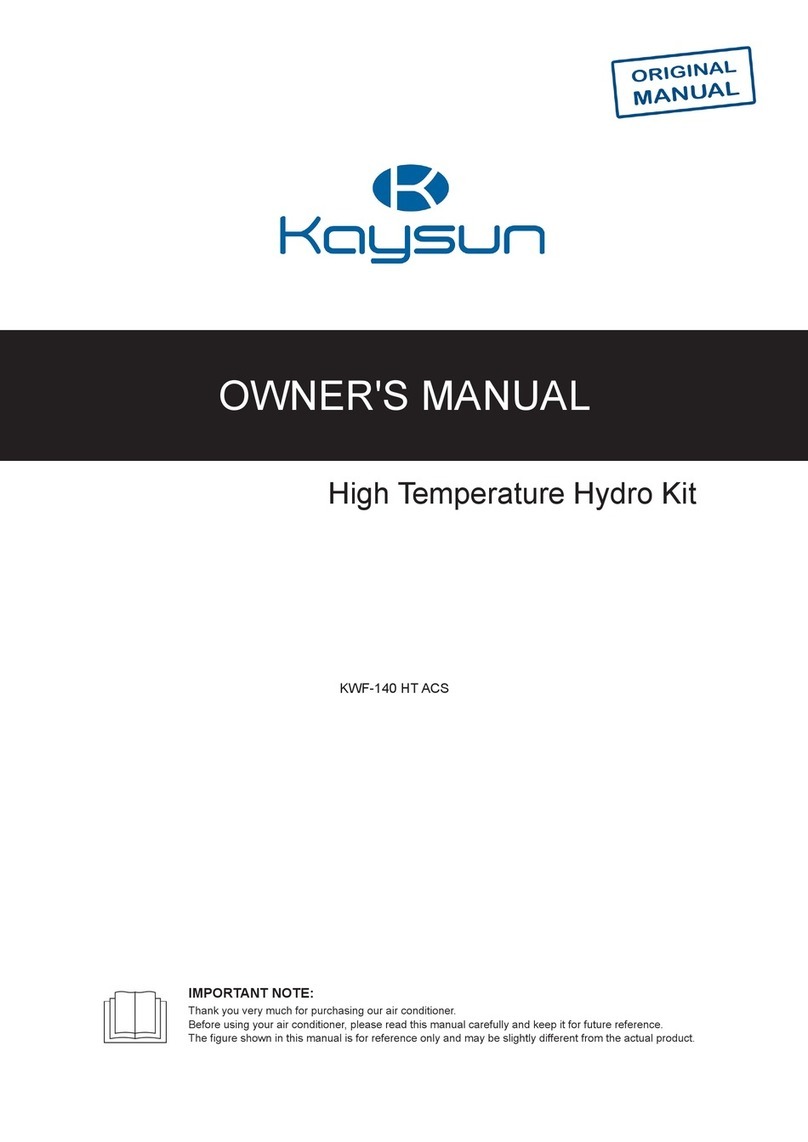
Viale Vicenza, 14
36063 Marostica VI - Italy
www.vimar.com
49400890B0 02 1706
By-alarm
01703
Centrale By-alarm di controllo programmabile e gestibile da tastiera
a display, alimentazione 230 V~ 50/60 Hz, 8 ingressi locali espandibili
a 64 per mezzo dei moduli espansione, 1 uscita alimentazione 13,8
Vdc 1,5 A espandibile con alimentatore supplementare, 1 uscita relè
allarme, 1 uscita relè in scambio 3 A 24 V espandibile con ulteriori 64
per mezzo di moduli di espansione, completa di contenitore metallico,
installazione a parete.
La centrale a microprocessore è dotata di 8 linee di ingresso, espandibili a 64
zone e viene gestita con la tastiera art. 01705 e con inseritore 20478-19478-14478;
è predisposta al collegamento con comunicatore PSTN 01708 e all’inserimen-
to del modulo di sintesi vocale 01713 e al modulo trasmettitore/ricevitore
GSM 01706. La tastiera a display con retroilluminazione permette un dialogo di-
retto e facilitato da parte dell’utente per tutte le funzioni di gestione dell’impianto.
La programmazione può avvenire direttamente in centrale attraver-
so la tastiera o con collegamento bidirezionale attraverso la linea telefoni-
ca oppure attraverso il pc nel quale è installato il software By-alarm Manager.
ATTENZIONE: La centrale viene fornita già preconfigurata per la gestione di 6
zone come illustrato nel manuale installatore scaricabile dal sito Vimar o nel
manuale presente a corredo del kit 0K01703. Una volta alimentato l’impianto,
se i dispositivi collegati sono diversi da quelli previsti da tale preconfigurazio-
ne, la tastiera inizierà a suonare rilevando un allarme tamper; effettuare quindi
la procedura che segue:
1. Digitare sulla tastiera il codice utente 111111 per tacitarne il cicalino.
2. Uscire dal menù utente attraverso il tasto ESC.
3. Digitare il codice installatore 123456.
4. Entrare nel menù Ingressi e impostare la configurazione desiderata utiliz-
zando la tastiera oppure, in alternativa, configurare l’impianto mediante il
software By-alarm Manager.
CARATTERISTICHE TECNICHE
Linee di ingresso
• n° 8, espandibili a 64, a singolo, doppio o triplo bilan-
ciamento (con riconoscimento del mascheramento del
sensore)
• n° 1 linea di protezione di antimanomissione
Aree • ingressi associabili a n° 8 AREE di appartenenza per ot-
tenere la gestione di 8 diversi impianti
Tastiera
• fino a 8 collegabili su bus RS485
• segnalazione diretta mediante led dello stato delle ali-
mentazioni, dello stato dell’impianto e della prova circuito
Inseritori: • n° 8 inseritori 20478-19478-14478 collegabili su bus
RS485
Uscite • n° 2 relè di allarme programmabili separatamente di cui
uno a 2 scambi a sicurezza positiva
Moduli ingressi
• modulo ingressi 01709 a 4 linee di ingresso a singolo,
doppio o triplo bilanciamento (con riconoscimento del
mascheramento del sensore)
• modulo ingressi 01704 a 8 linee di ingresso a singolo,
doppio o triplo bilanciamento (con riconoscimento del
mascheramento del sensore)
• interfaccia 01729 a 8 o 16 zone a singolo o doppio bilan-
ciamento con gestione della supervisione del sensore,
programmabili con le stesse modalità delle zone di base
Moduli uscite • modulo uscite 01710 a 4 uscite con relè a scambi liberi
da tensione programmabili (3 A 24 V)
Macro
• n° 20 macroistruzioni a 10 comandi ciascuna, attivabili da:
- sbilanciamento e allarme di zona, evento di sistema
- programmatore orario
- funzione RFA utente
Codici
• n° 50 Codici Utente con limitazione programmabile delle
funzioni
• n° 50 Codici di Emergenza
• n° 1 Codice Installatore
Accensioni
• n° 3 modalità di accensione per ogni Area (ON, INT, e PAR)
• possibilità di attivazioni esterne con lettore di prossimità
in 3 modalità per ogni Area
• da Telegestione Utente, guidata da menù vocale o da
SMS attraverso le app By-phone e By-web
• da programmatore orario settimanale nelle 3 modalità
per ogni Area
Orologio
• orologio settimanale a 32 operazioni giornaliere con ge-
stione delle esclusioni
• possibilità di accensioni e spegnimenti, inibizione codici
e tastiere, attivazioni di macro
• attivazione a tempo ed a stato di uscite attive
Telefonico
• n° 16 numeri di telefono per comunicazioni con protocolli:
- SIA per comunicazioni verso ricevitori SIA standard
- CONTACT ID per comunicazioni verso ricevitori CON-
TACT standard
• modulo di sintesi vocale 01713 con protocollo vocale
per comunicazioni automatiche che consente l’invio di
tutte le funzioni di allarme e di controllo della centrale ad
Utenti privati
• modulo trasmettitore/ricevitore 01716 che consente l’in-
vio su rete GSM in tutti i protocolli e mediante messaggi
SMS di tutte le funzioni di allarme e di controllo della
centrale
Programmazione
• da tastiera con menù semplificati con gestione degli errori
• da computer con collegamento interattivo attraverso
il software By-alarm Manager per sistemi operativi Win-
dows
Alimentatore
• 13,8 Vdc 1,5 A effettivo totale con segnalazione di
livello insufficiente della carica della batteria e della
mancanza della tensione di rete
Batteria alloggiabile • 12 Vdc 7 Ah o 12 Vdc 18 Ah classe di infiammabilità
UL94-HB
Cond. ambientali • -10..+40°C
Contenitore • Dimensioni: 322 x 350 x 115 mm. - Peso: 3,5 kg.
Grado di sicurezza • 2 (EN 50131-3, EN 50131-6)
Classe ambientale • II (EN 50131-3, EN 50131-6)
REGOLE DI INSTALLAZIONE
L'installazione deve essere effettuata con l'osservanza delle disposizioni regolanti
l'installazione del materiale elettrico in vigore nel paese dove i prodotti sono installati.
Cablaggio
Per il cablaggio si devono utilizzare cavi schermati esenti da alogeni idonei per
installazione con cavi energia di I Categoria (U0 = 400 V). I codici VIMAR dei cavi di
collegamento da utilizzare per il bus RS485 di trasmissione e la connessione filare
dei dispositivi sono i seguenti:
• art. 01732 (2x0,22 mm2)
• art. 01733 (2x0,50 mm2+2x0,22 mm2)
• art. 01734 (2x0,50 mm2+4x0,22 mm2)
• art. 01735 (2x0,50 mm2+6x0,22 mm2)
• IMPORTANTE: Lo schermo dei cavi deve essere collegato solo all’estremità
della centrale o dell’alimentazione supplementare e connesso al morsetto ne-
gativo della tensione di alimentazione. I cavi di collegamento per il sistema By-
alarm sono conformi per la posa con i cavi di alimentazione della tensione di
rete; si consiglia però di posare i cavi di collegamento su canalina dedicata e
di evitare la posa in parallelo con i cavi di alimentazione ed in particolare di
inverter e di carichi quali pompe, bruciatori, ballast, motori ecc. soprattutto nel
caso di lunghe distanze.
• Il cablaggio dei sensori/contatti agli ingressi, sia direttamente in centrale che
sui moduli di espansione, non deve superare i 100 m.
ATTENZIONE: Si sconsiglia il collegamento di più contatti in serie poiché si
perderebbe la possibilità di discriminare il contatto eventualmente aperto o
manomesso.




